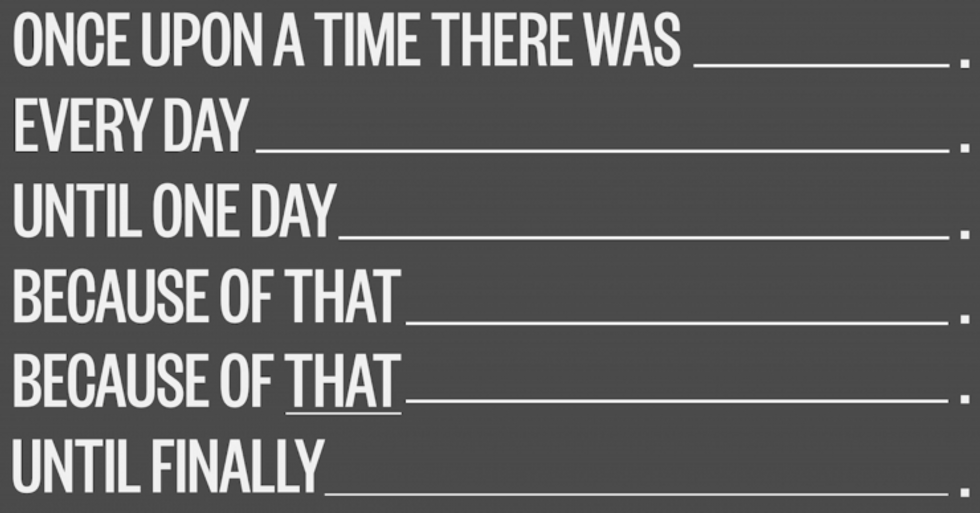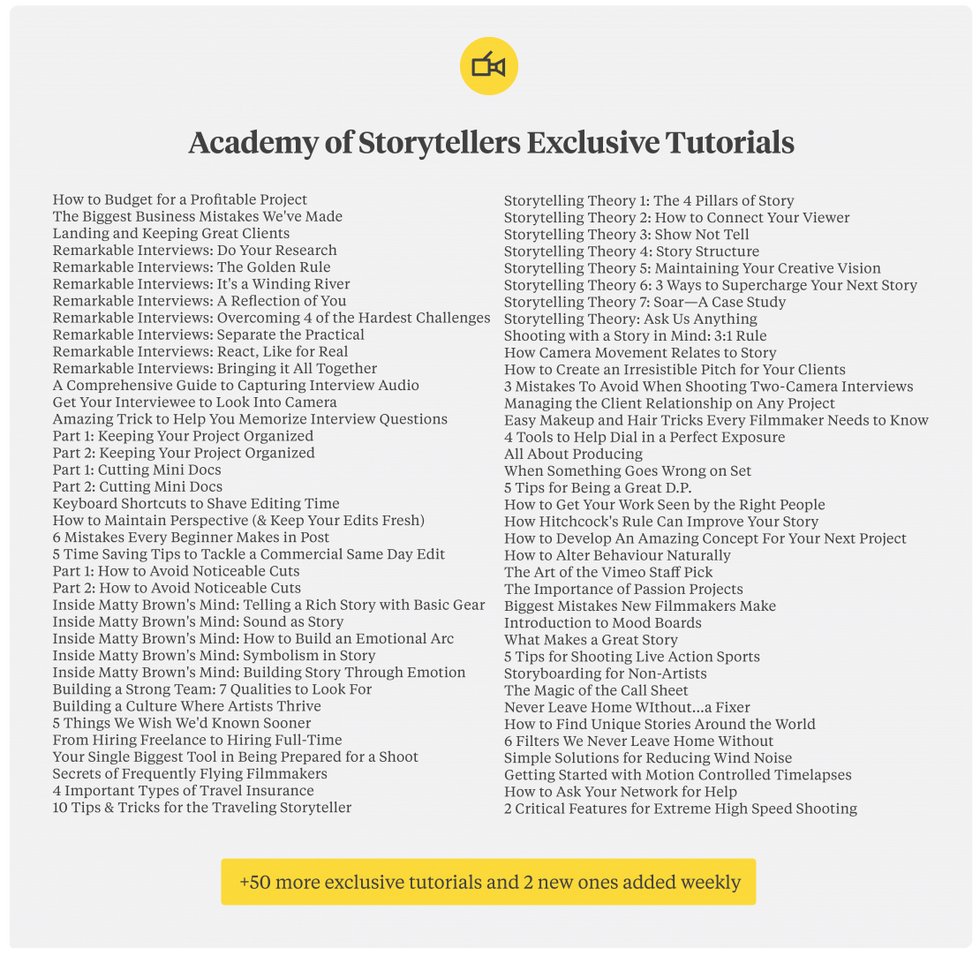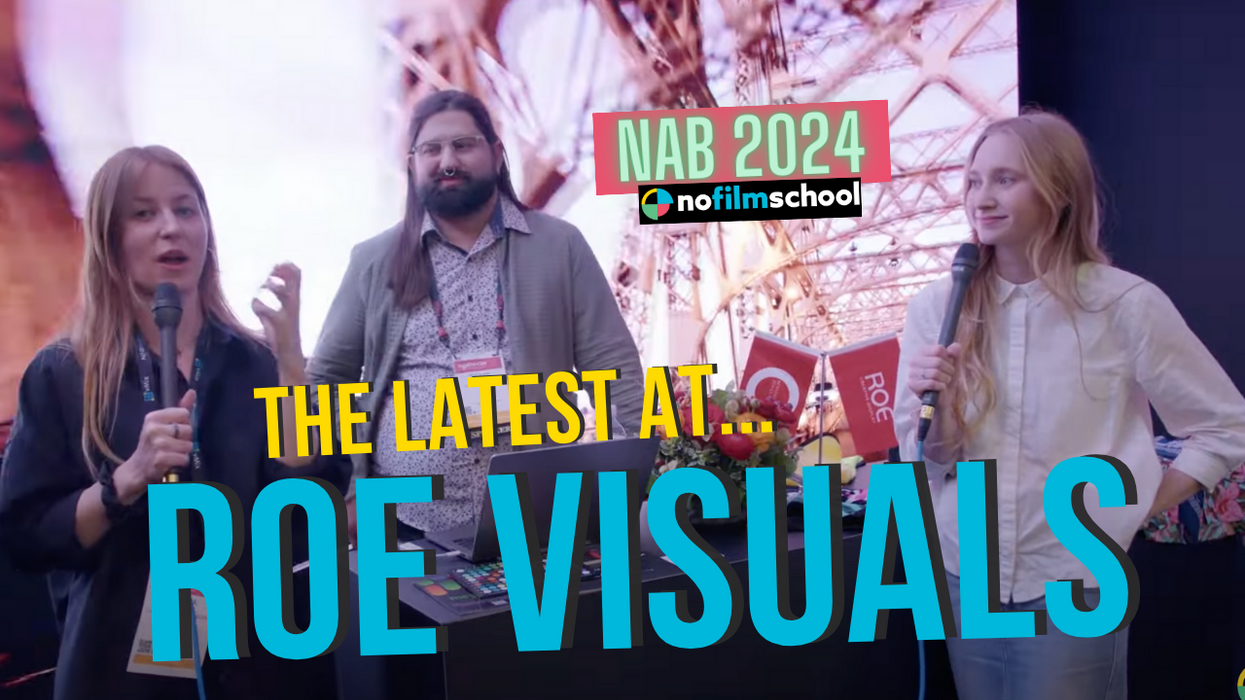How to Cut Short Documentary Films, Part Two: Building Your Story & Adding B-Roll
In celebration of the current promotion running at the Academy of Storytellers, we're sharing two exclusive tutorials on how to effectively cut short-form documentaries.
Once you've completed all of the organizational steps outlined in the first part of the series, which are critical to building your story in a way that is efficient and streamlined, you're ready to start laying the foundation for your film. Here's Ryland Brooks, in-house editor at Story & Heart, to show you his process for building out a story, piece by piece.
The first thing to note here is Ryland's tip for versioning your sequences. In almost every instance that he moves to a new step in his process, Ryland duplicates the sequence and renames the new one with an updated version number. This is particularly critical when you're in the creative editing process and you're trying things that may or may not work. It's extremely helpful to be able to revert to previous versions if necessary. This type of versioning is even more critical when you're cutting for a client.
In terms of Ryland's process for building the story itself, it all begins with the interviews. He recommends starting by building out a rough assembly of the story using just the interviews (no B-roll is needed yet). Because this is the Academy of Storytellers, there's a huge emphasis here on the story itself and how it's structured. While there are a number of storytelling formulas and processes, Ryland keeps it simple here, recommending that you go with a basic three-act structure, even tying it in with one of Pixar's famous rules for storytelling.
One of Ryland's tips for how to build the story is that you don't pay any (or much) attention to the visuals while you're assembling the basic structure. The idea here is that if you can build out a compelling story using only audio — something that would be right at home on the radio or in a podcast — then you're going to have a much easier time when it comes to visuals.
Once it comes time to add B-roll to your edit, then the focus shifts to both visual and auditory storytelling. There are a few important questions you should be asking yourself here, each of which can help you use B-roll more effectively.
- Can you illustrate the key interview moments with engaging visuals?
- Are there moments in the interview that can be completely replaced with a sequence of B-roll shots? (Showing can be far more powerful than telling.)
- Can you use B-roll to draw parallels between people, places, or ideas?
- Can you foreshadow something that will be revealed in an interview later on?
- Can you create compelling transitions between key moments?
Of course, once you've built out your story and added appropriate B-roll, there's still quite a bit more to do before you're officially done. There's the matter of fine-tuning the edit, adding music, sound designing and mixing, color grading, and adding graphics and titles. Those are all posts for another day (and also things that you can learn about with an Academy membership). But in terms of short documentaries, getting the story and the structure right is the biggest, most important part of the battle. Everything else is supplementary.
Here's a bit more information about the Academy, starting with their introductory video:
Having been a member of the Academy of Storytellers for the past five months or so, I can vouch for the quality and the variety of the weekly tutorials they're creating. I would not recommend it if your primary focus is narrative and Hollywood-style filmmaking, but for documentary filmmakers, commercial/corporate shooters, wedding videographers, and even small production companies, there's a lot of value to an Academy membership that you won't find anywhere else.
Here's a list of just a few of the tutorials they've released in the past few months:
If you're interested, you can save a few bucks if you join this week. From now until Friday, November 13th at 9 PM PST, you can register for the Academy with promo code "awesomesauce" and save $80 off the annual Academy membership fee (bringing the total down to $299 for a year of filmmaking education). As a bonus, you'll also receive a promo code for 25% off a new Vimeo PRO subscription.
If you want to join up with the Academy to get more tutorials like this (two more are added every week), head on over to their registration page. And if you have any of your own tips or tricks for cutting mini-docs, be sure to share them with us down in the comments!
Source: Academy of Storytellers














